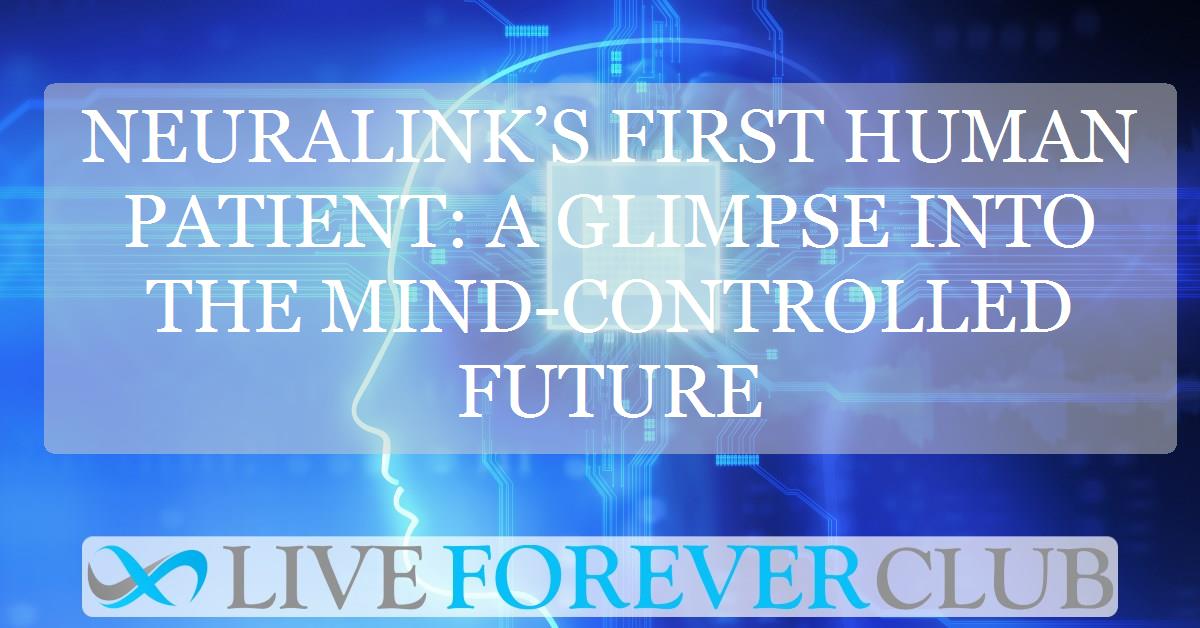Key points from article :
In a groundbreaking experiment, Noland Arbaugh, a quadriplegic man, became the first human to receive a Neuralink brain implant, allowing him to control a computer with his thoughts. Once reliant on a mouth stick to navigate a tablet, Arbaugh can now move cursors, play video games, and send messages just by thinking. While this technology offers new independence for people with paralysis, it also raises deep ethical and societal questions.
Neuralink, founded by Elon Musk, aims to merge human brains with computers, with long-term ambitions beyond medical applications. The chip, implanted into Arbaugh’s motor cortex, reads neural signals and translates them into digital commands. However, the journey has not been seamless—most of the implant’s delicate threads detached over time, requiring software fixes to maintain functionality. Despite these setbacks, Arbaugh remains optimistic, calling the technology “life-changing.”
While Neuralink promises a future where brain implants could restore movement or enhance cognition, concerns about privacy, mind control, and accessibility loom large. Critics warn that the ability to read and potentially write information into the brain could lead to unintended consequences, from hacking risks to deepening societal inequalities. For now, Arbaugh remains at the frontier of a bold new era, unsure of what comes next when the trial ends—but certain that this technology is only the beginning.






